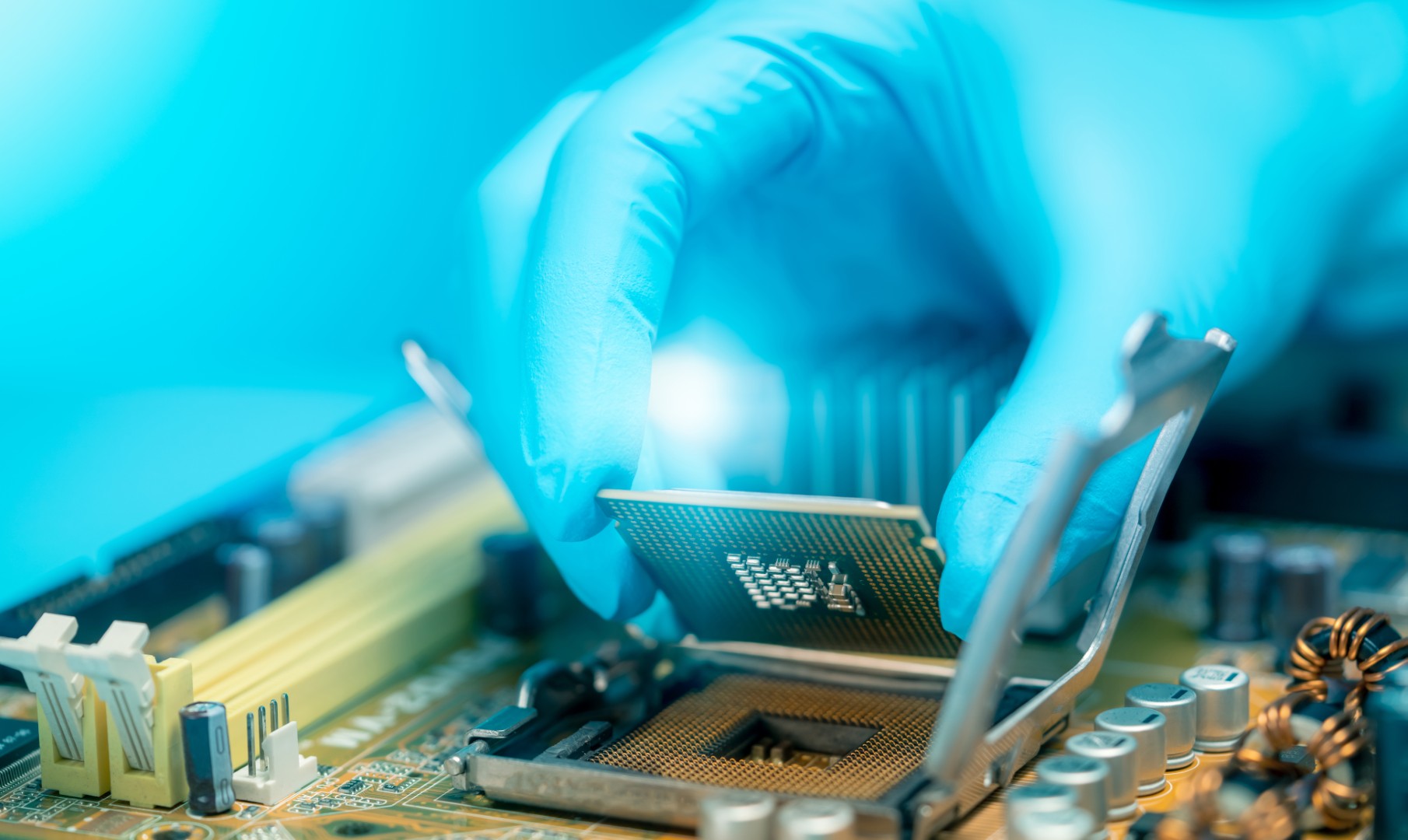Intel (INTC 2.16%) launched its Arrow Lake family of desktop central processing units (CPUs), officially the Core Ultra 200 series, in late 2024. The company outsourced most of the manufacturing to TSMC, moved to a chiplet-based architecture, and managed to improve energy efficiency substantially, compared to its previous-generation chips. For productivity tasks, Arrow Lake performed well.
However, there were two problems. First, Arrow Lake’s gaming performance fell flat, losing to Intel’s last-gen chips. Some software fixes have improved the situation, but for those looking to squeeze every last frame per second out of their gaming PC, Arrow Lake isn’t the answer.
Second, pricing was on the high side. Not only were Arrow Lake CPUs expensive on their own, but they also required a new motherboard, making all upgrade paths pricier.
Arrow Lake CPUs have been selling below Intel’s original suggested retail pricing for a while, but the company is now officially slashing prices on one of its chips. The 265K, a mid-range part that was originally priced at $399, now has a suggested retail price of $299. Suggested retail prices for the higher end 285K and the lower end 245K are staying put, although actual retail prices vary.
While Intel’s price cutting is limited, the 265K is in the sweet spot for many potential customers, with most of the performance of the 285K for much less money. Featuring eight performance cores and 12 efficiency cores, the 265K is a solid all-arounder that falls a bit short in gaming and makes a lot more sense at $299 than it did at $399.

Image source: Getty Images.
A sign of things to come?
Intel replaced its CEO in March with Lip-Bu Tan, a veteran of the semiconductor industry and a critic of Intel’s sluggish pace and bureaucratic nature. Tan’s strategy revolves around cutting a bloated cost structure, putting out better products faster, and listening to customers. More aggressive pricing could be part of the equation as Intel looks to make Arrow Lake more competitive.
AMD‘s latest Ryzen 9000 series CPUs didn’t get great reviews, and retail pricing quickly dropped to reflect muted demand. But the Ryzen 9000 series looks a lot better relative to Arrow Lake, especially with Arrow Lake’s sky-high initial pricing.
AMD’s gaming-centric X3D variants, which feature ultra-fast cache memory capable of boosting gaming performance, are the undisputed kings of gaming CPUs. AMD noted in its first-quarter report that there was strong demand for its newest Ryzen chips, likely at the expense of Intel.
Intel also cut the prices of its Granite Rapids server CPUs in January, although there was no official announcement. The Granite Rapids family is the best set of server CPUs that Intel has put out in years, and it largely caught up to AMD in terms of core counts, performance, and efficiency. But like Arrow Lake, pricing skewed high.
There was a time not long ago, before AMD’s comeback, when Intel faced no real competition in either the PC or server CPU markets. The company’s dominance afforded it the ability to price its products high and generate impressive profit margins. With AMD now highly competitive and stealing market share, that era is over. With price cuts for Granite Rapids and Arrow Lake, Intel appears to finally recognize that it needs to compete on price to win back market share.
Intel has a long road ahead as it attempts to turn itself around. If recent price cuts are any indication, more aggressive pricing will likely be part of Tan’s strategy as he looks to stop the bleeding and regain some lost market share from AMD.
Timothy Green has positions in Intel. The Motley Fool has positions in and recommends Advanced Micro Devices, Intel, and Taiwan Semiconductor Manufacturing. The Motley Fool recommends the following options: short May 2025 $30 calls on Intel. The Motley Fool has a disclosure policy.

